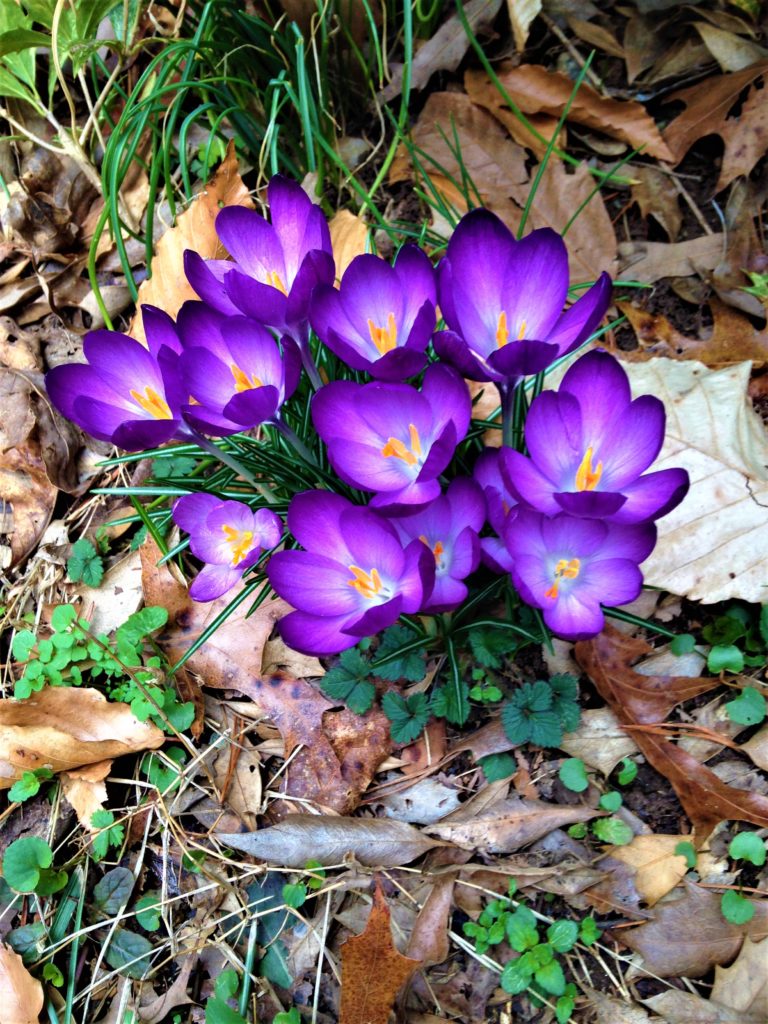
Since our Ancestors first realized that they could take an active role in planting and propagating edible plants, humankind has engaged the Holy Powers in that process through rituals and offerings in hopes of maximizing the ultimate yield. Anyone who gardens knows that the results are unpredictable and that farming is, at best, an on-going experiment. In cultures where people lacked the capacity to test and balance such factors as soil nutrients and were ever at the mercy of random late freezes, droughts and hail storms, the propitiation of the Gods and spirits governing agriculture was critical. Rarely was sufficient food stored and preserved to last for more than a single year; in northern climates, the challenge was to simply survive the long and often brutal winters.
In ancient times, a pointed stick or dibble was used to poke a depression into the soil into which seed was placed. Later, a primitive tool called an ard, towed and guided by multiple people or dragged by an ox, scratched a shallow furrow in the soil. Although the Romans used iron-shod ploughs drawn by oxen, it appears that in the Scandinavian countries, horses were preferred. Our Ancestors were acutely aware of the sexual symbolism of ploughing and planting, and many of their rituals to enhance the production of crops linked the two.
At the heart of our Ancestors’ relationship with the natural world was the concept of Right Relationship, of reciprocity. Offerings were made to honor and seek the favor of Earth deities and Gods of fertility and in exchange, the soil yielded oats and barley, cabbages and onions. Heathen lore is filled with references to the relationship between people and the fertile earth. Amongst pre-conversion Germanic people, we find reverence for Nerthus, a Goddess of dark earth mysteries, whose votive image was veiled and bourn around the countryside in a sacred cart to enliven the land. From Danish lore we get the story of the Goddess Gefjon (whose name in Old Norse means “The Generous One”) using her Jotun (giant) sons in the form of mighty oxen to plough the soil. Their might was such that the rich soil of Zealand was overturned and remains the most fertile part of Denmark today.
Here at TwoTrees, with the crocus blossoming in promise of spring, we celebrate the Charming of the Plough as we do each year. All gardening tools, from hand trowels to the tiller (alas, we have no oxen) are carried to the Upper Circle where Freyr and Freya’s godpoles stand. There, in sacred space, we cleanse each one and adorn the tools with green and yellow ribbons, in honor of their roles. We hail the God Freyr, whose proud potency blesses the land, with song and offerings of beer, also honoring the spirit in each tool with a libation. While it looks to be an early spring, we may yet have more snow, and so afterwards, the tools will be returned to storage until planting time.
Hail Freyr, Seed-Sower, Grain Lord!
Hail Nerthus, Earth Mother of Dark Mysteries!